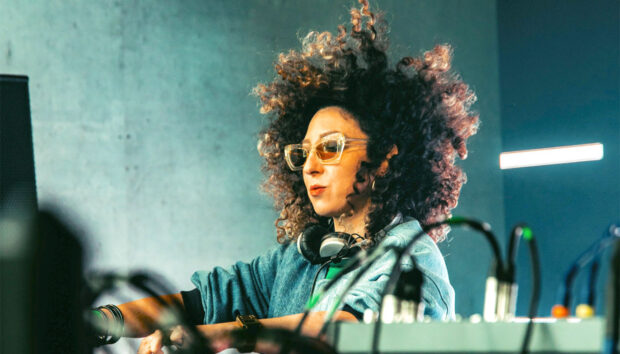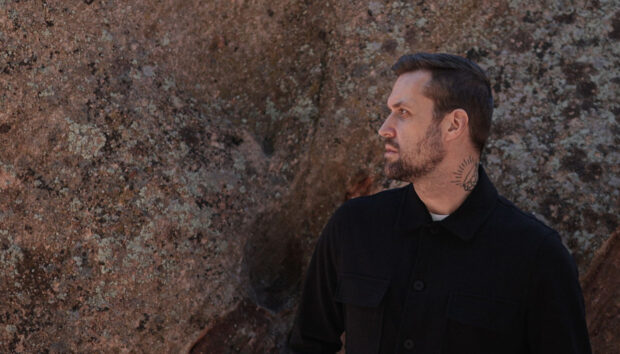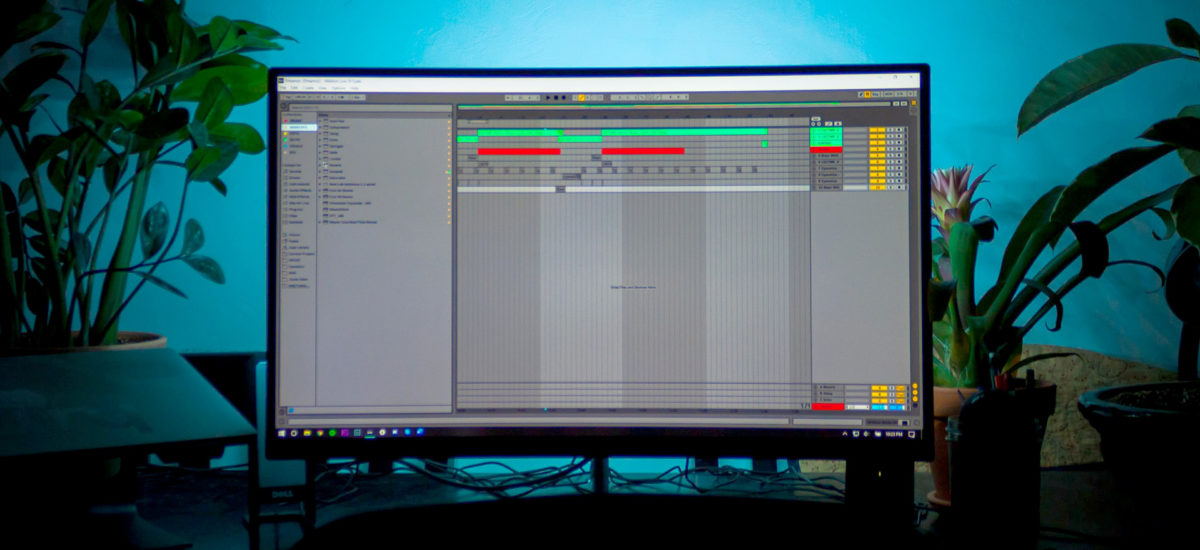
In modern music production, the digital audio workstation (DAW) has become the music producer’s canvas, a central software platform containing all the sounds, instruments, and tools they use for recording music.
DAWs are deep, complex programs with lots to learn. Choosing a DAW is one of the biggest early decisions a producer faces. But what is a digital audio workstation exactly, what can you do with them, and which one is a best fit for your own ideas and interests?
This article introduces some DAW basics, so you can feel confident in choosing one that complements your creativity. We’ll explore the uses of DAWs in music, DAW options, and touch on how to expand your sonic palette with Native Instruments.
Jump to these sections:
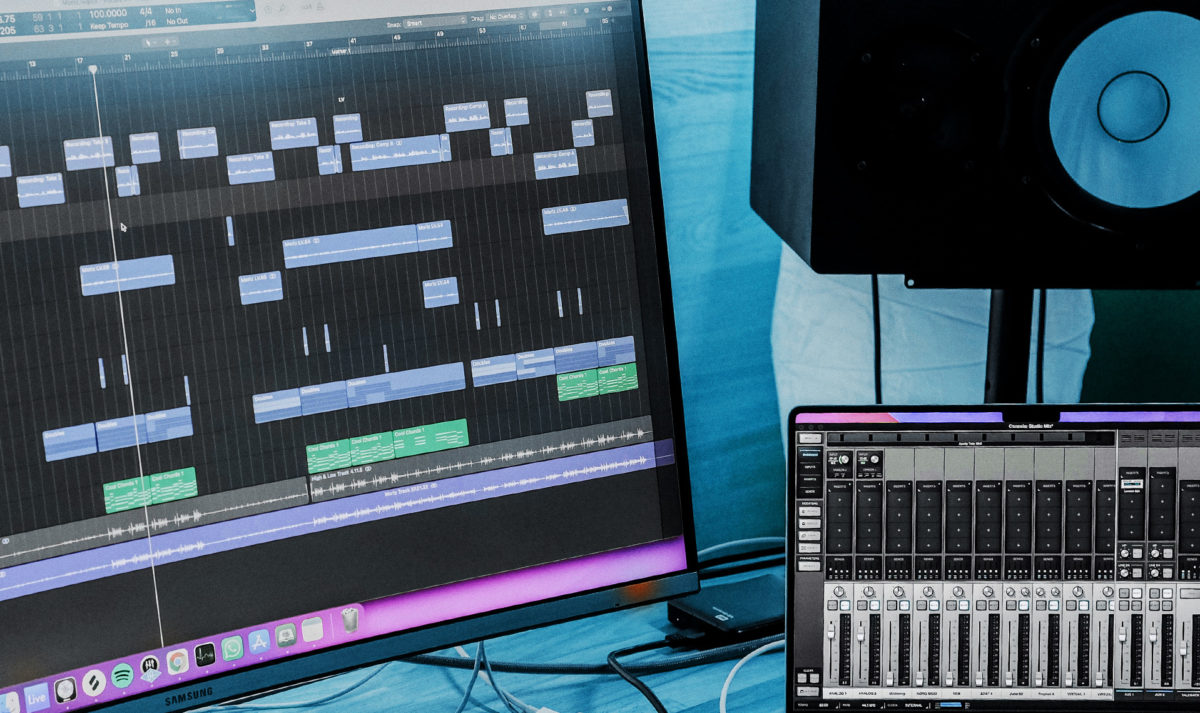
What is a DAW?
A Digital Audio Workstation (DAW) is a software application used to record, edit, and produce audio.
Think of a DAW as a digital representation of a physical recording studio where you can produce audio for a wide variety of mediums including, film, gaming, podcasting, music, UX, and more. The whole studio process is packed into one, the creative ideas in tandem with the technical. You can record tracks, build up beats, add instruments or vocal parts, then lay out the arrangement, apply effects, and mix the finished work all within one interconnected hub.
Today, the convenience and accessibility of DAWs have made them the most popular way of making music and editing audio—used by everyone from bedroom producers and songwriters all the way up to top industry professionals.
How to use a DAW in music
There’s a range of DAWs available that we will explore in more detail below, each with unique features and advantages. That said, common standards of design and compatibility can be identified across the different brands. The following are some some common uses of DAWs in music:
1. Record and edit audio
Digital audio workstations come with built-in sequencers that allow you to record, save, edit, and playback audio. To record audio from external instruments or microphones, you need an audio interface. An audio interface takes audio signals and converts them into data a computer can process, allowing you to record and edit audio in software based environments like a DAW.
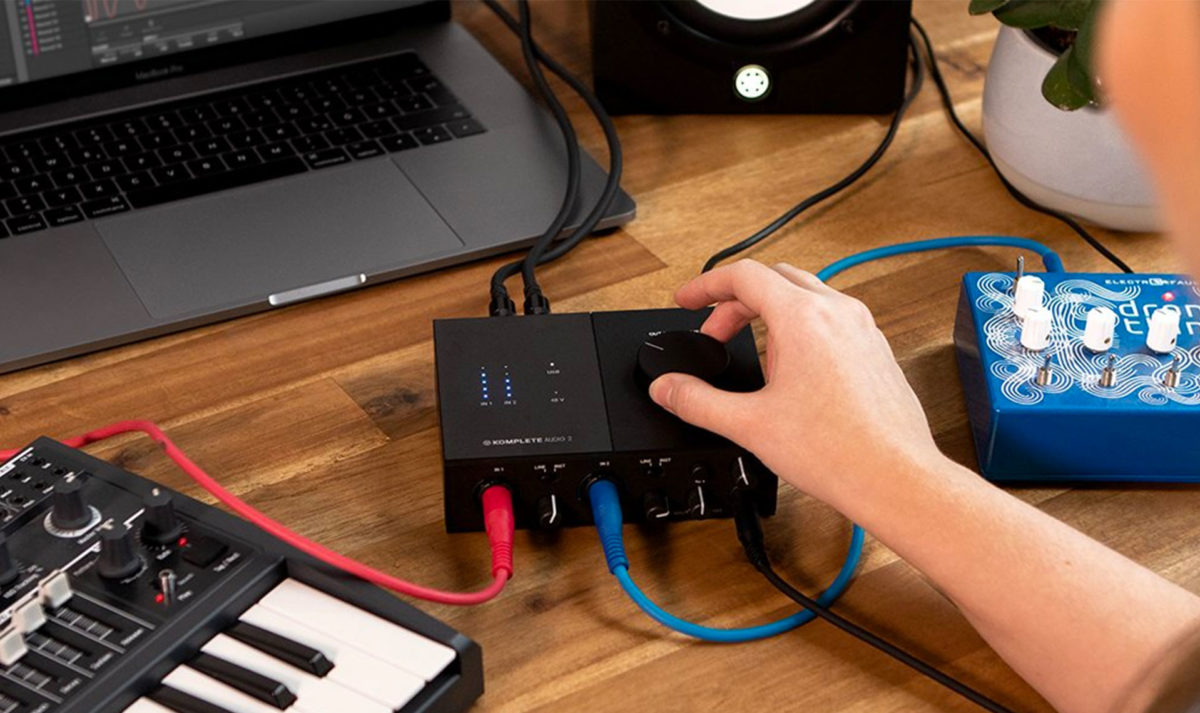
Once you record, all audio is saved and displayed on the sequencer timeline where you can cut, copy, and paste audio waveforms. From the sequencer window, you can easily mute waveforms, stitch them together, and crossfade them into one another, much like you would with audio recorded on physical tape.
2. Play virtual instruments
DAWs also allow you to play virtual instruments for composing music. Virtual instruments are software programs designed to replicate the sounds of physical instruments like synthesizers, pianos, drums, guitars, violins, trumpets, and more. Most DAWs come with stock libraries of sounds, but they also allow for third party plug-ins—external software that can be “plugged in” to a DAW to enhance its functionality.
Free Professional Virtual Instrument Plug-ins
Download KOMPLETE START for free! This free bundle comes with over 2,000 studio-quality sounds you can use to produce music: 16 pro-grade synths and sampled instruments, plus effects, loops, and samples.
MIDI Controllers
Musicians typically control virtual instruments via MIDI controllers like keyboards or beat pads. MIDI controllers look like instruments, but don’t contain any sounds on their own. Instead, they provide a physical interface for controlling virtual instruments on your computer.
3. Experiment with audio effects
DAWs typically offer stock audio effects you can use to manipulate how an audio signal sounds. Effects like reverb, delay, distortion, compression, and EQ are standard in most DAWs. Similar to virtual instruments, you can also find third-party audio effect plug-ins to shape and warp your audio to your liking.
4. Mixing and mastering
Every DAW has a mixer that allows you to apply effects to every audio signal, change their level, pan position, and frequency content. Once producers finish composing and recording a music or audio for any other medium, the next step is to use the mixer to polish the recorded material in post production.
Oftentimes, the combination of multiple audio signals happening at the same time can lead to frequency masking issues that results in a lack of clarity or dynamics problems which can lead to an audio production lacking impact or loudness. The mixing stage of audio production focuses on fixing these issues and creating space for each element in your mix so everything can be heard clearly.
The mastering stage, on the other hand, is about polishing up the final stereo mix and ensuring it sounds great on different speaker systems and devices.
A short history of digital audio workstations
Earlier recording with analog hardware was more complicated, bulky, and expensive, before modern computers emerged and substituted much of the process with software.
Originally, a “digital audio workstation” referred to any studio set-up incorporating a computer. As the tech advanced over time, a single computer could be the central platform for the overall production, to the point that today’s DAWs can do more or less everything “in the box”.
There are still benefits to working with hardware, namely a hands-on interface and the distinctive character of analog gear. This can be wired in and integrated into a DAW project via an audio interface, and you have the option of playing software instruments with an external MIDI keyboard or controller.
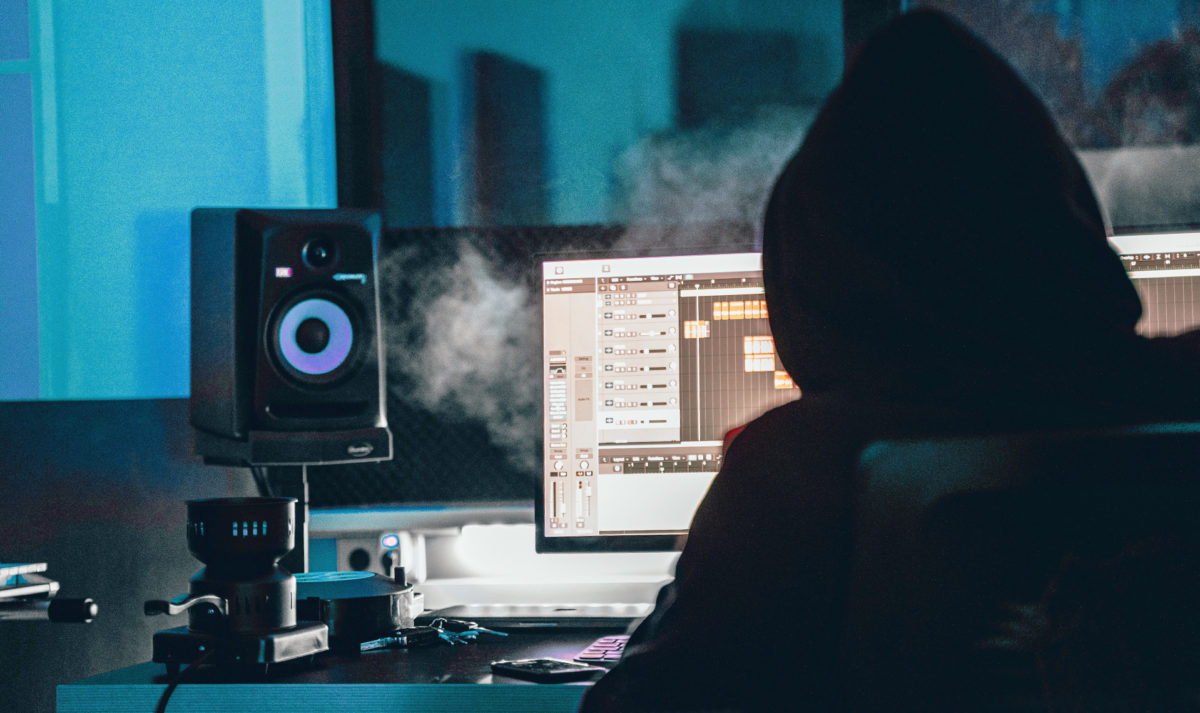
Types of DAWs
DAWs are powerful and versatile platforms that can accommodate a broad range of different sounds and approaches to production. It is possible to produce high quality audio with any DAW, but some are especially popular and well-suited for certain music scenes or stages in the technical process.
Below, we will introduce some of the main industry-standard DAWs and the diverse ways they can be used.
Electronic production
Ableton Live: Ableton is perhaps the most widely used production software for artists making electronic and dance music. This powerhouse DAW works well for performing live sets as well as traditional recording and track arrangement. It even helped pioneer and popularize the electronic live set, giving artists a platform to adapt their work from the studio to the stage.
Its clean, modern design features two main interfaces, called “arrangement view” and “session view”. The latter focuses on building up projects in looping cells that can be triggered on the fly, much like a sampler, offering a lot of flexibility and spontaneity in a live context. It is also popular with DJs, as the warping tool allows users to synchronize beats of different tempos while maintaining a smooth, high audio fidelity.
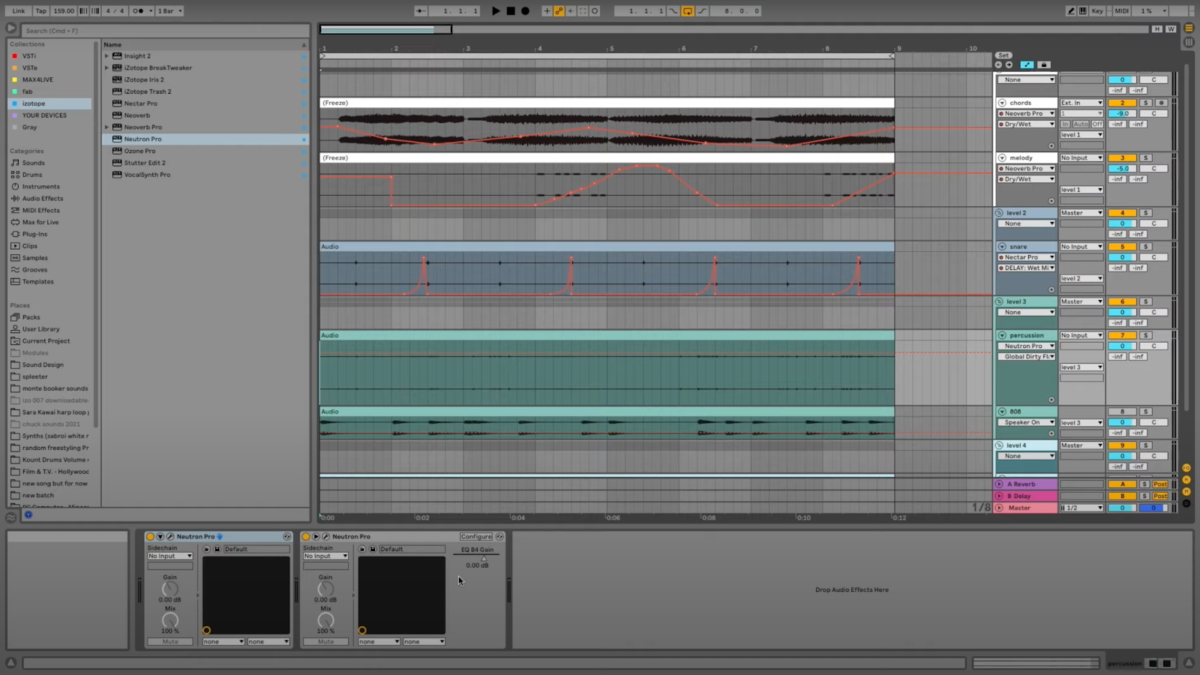
Ableton also offers a more in-depth toolkit called Max for Live. With this, you can build custom instruments and effects from scratch, comparable to Native’s REAKTOR.
Hip-hop and beatmaking
FL Studio: FL Studio prides itself on simplicity and ease of use. It evolved into a fully fledged DAW from its origins as a simple four-track drum machine, winning popularity among hip-hop and trap producers for its quick and uncomplicated beat programming. FL Studio provides everything you need to build up a production workflow and start creating, and is regarded among the best DAW software for beginners. It can also be opened as a plug-in within another DAW, making it highly versatile for combining with other gear.
MASCHINE: Made by Native Instruments, MASCHINE is another solid tool for producers in search of intuitive, quick-fire beatmaking. It’s not a DAW per se, but MASCHINE works as a standalone unit covering the full process of making a beat.
DAWs for composers
Logic Pro: Logic Pro is one of the biggest and best-known DAWs on the market. It ships with a vast selection of synthesizers, realistic sampled instruments, loops, effects, and processing tools.
Logic is a popular choice for composers working on scores with bigger, more elaborate orchestration. Recent versions also include amplifier and pedalboard modeling to use with guitars and other live instruments.
Cubase: Cubase is another big name in the game, championed by electronic artists and classical composers alike. As with other DAWs on this list, Cubase has a lot of depth and flexibility to cater for different workflows, and a range of versions on offer to best accommodate your requirements and budget.
Best DAWs for beginners
Garageband: Garageband is Logic’s entry-level younger sibling. It comes free with Mac computers, making it one of the best DAWs for beginners. It’s worth noting that Apple’s offerings are only available for Mac operating systems.
Soundtrap: Soundtrap is a collaborative and free online DAW for beginners that has the basic features of a DAW. Its simplicity makes it ideal for anyone trying to learn the basic functions of a DAW.
Recording and post-production
Pro Tools: Pro Tools is one of the original DAWs, at the vanguard of the jump to digital technology and personal computers. An early precursor was even marketed as the “first tapeless studio”. From the beginning, Pro Tools placed more emphasis on multitrack recording and editing audio than sequencing software instruments with MIDI.
Thanks to pro-grade processing and mastering tools, it’s a staple in many top recording studios. Surround-sound mixing and video-editing capabilities also make it a popular DAW for working on sound design for film.
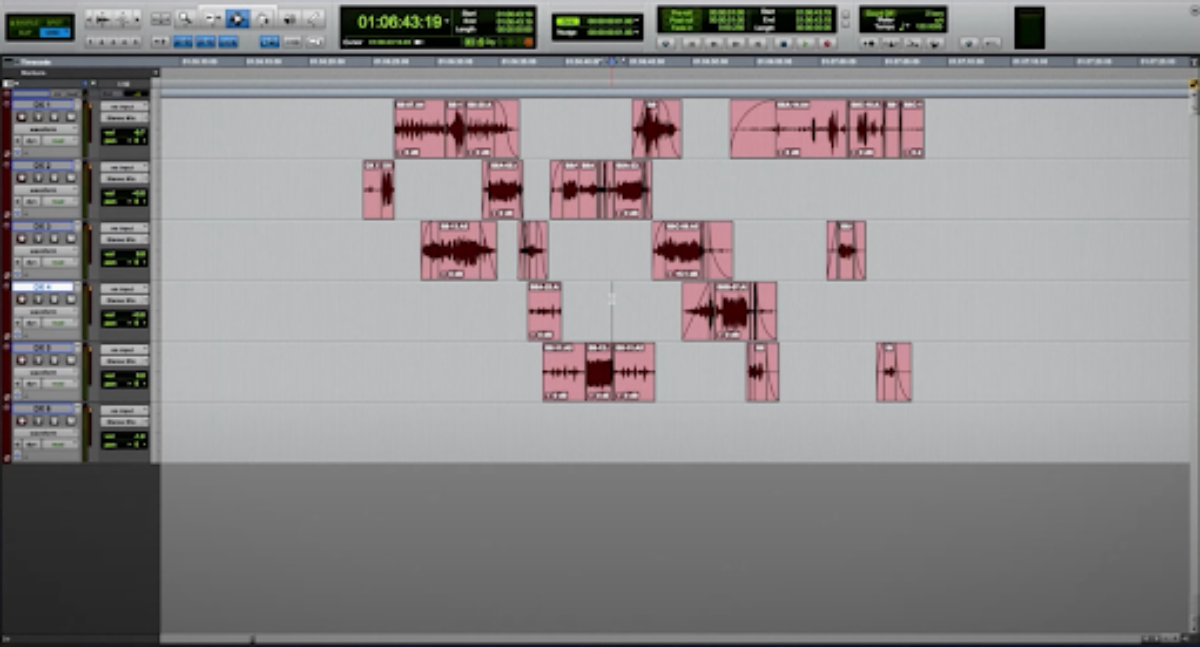
Which DAW should you use?
Choosing the best DAW environment for your production needs is a question of personal preference. Your decision should be based on the one that feels more comfortable and intuitive to you and your workflow. We’ve broken down their different uses, but the truth is they are all dynamic, adaptable workstations that cater for the full production process, and provide you with the tools you need to produce professional quality audio.
Any DAW can be tailored to your individual workflow, but each has a unique layout and feel. We recommend trying out a few before committing to one – all of the above list offer free trials or affordable “light” versions.
DAWs come packed with factory libraries of instruments, loops, and effects. Beyond this, there’s massive scope to expand your sound with third-party expansions, and Native Instruments products run seamlessly in all DAWs. KOMPLETE START, a free suite of studio-quality sounds and instruments, is a great jumping off point.









